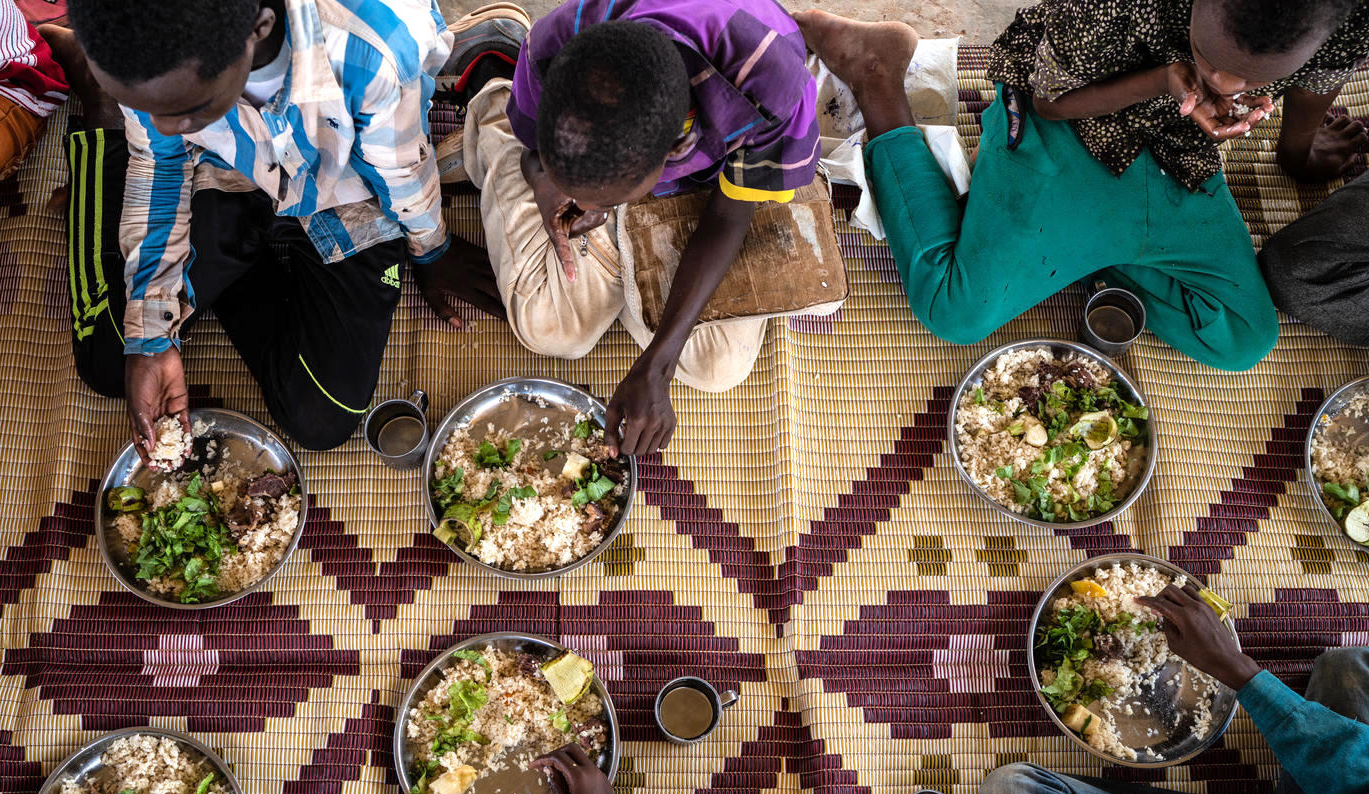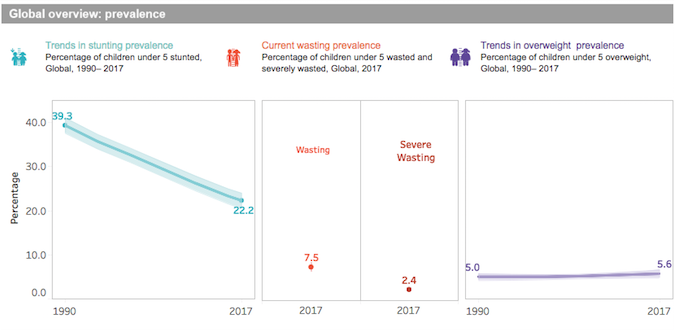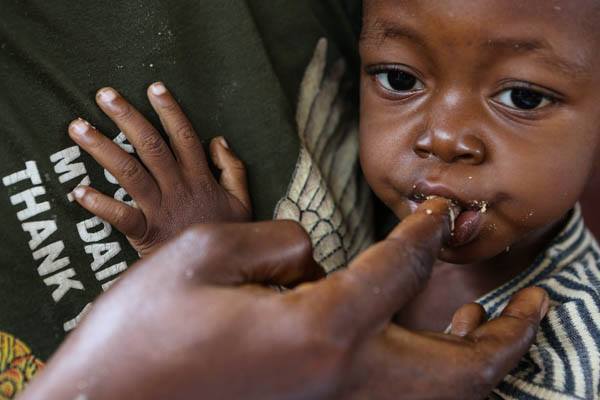
This year’s The State of Food Security and Nutrition in the World (SOFI) summarizes the most recent trends in hunger, food insecurity and malnutrition in all its forms, with a spotlight on overweight, and with an in-depth look at the impact of economic slowdowns and downturns.
More than 820 million people or 10.8% of people in the world today are still hungry. Hunger is on the rise in almost all African subregions, making Africa the region with the highest prevalence of undernourishment, at almost 20 per cent. Hunger is also slowly rising in Latin America and the Caribbean, although its prevalence is still below 7 per cent. 2 billion people, or 26.4 per cent of the world population are experiencing moderate or severe food insecurity.
The report also indicates that the prevalence of stunting among children under five years is decreasing but 149 million or 21.9 per cent of children under 5 are still stunted. Africa shows the least progress in reducing the prevalence of stunting since 2012. In 2018, Africa and Asia accounted for more than nine out of ten of all stunted children worldwide (54.9 per cent and 39.5 per cent respectively). While the number of stunted children has declined by 10 per cent over the last six years, progress is too slow to achieve the 2030 target of a 50 per cent reduction in the number of stunted children.
Low birthweight estimates are included for the first time in this year’s edition of the report, following the release of new global estimates. They indicate that one in seven live births, or 20.5 million babies globally, suffered from low birthweight in 2015 and globally no progress has been made in reducing the prevalence of low birthweight since 2012. This lack of progress signals that it will be difficult to achieve the World Health Assembly global goal of a 30 per cent reduction in the prevalence of low birthweight infants by 2030. This is concerning, as low birthweight newborns have a higher risk of dying in the first month of life, and those who survive are more likely to suffer from stunted growth and face increased risk of adult-onset chronic conditions including obesity and diabetes.
The special analyses on overweight indicates that overweight prevalence is rapidly increasing among school-age children and adults in all regions. Furthermore, the increase in prevalence of obesity between 2000 and 2016 has been even faster than that of overweight. The report also indicates that school-age children do not eat enough fruits or vegetables, regularly consume fast food and carbonated soft drinks, and are not physically active on a daily basis. These poor habits, may be driving, at least in part, the increase in overweight prevalence in this age group.
The 2019 SOFI was published through a partnership of United Nations agencies including FAO, IFAD, UNICEF, WFP and WHO.
Part 1 of the report presents the most recent trends in hunger, food insecurity and malnutrition in all its forms with a focus on monitoring progress on SDG Targets 2.1 and 2.2. Part 2 of the report looks closely at the role that economic slowdowns and downturns have played in recent food security and nutrition trends, and points to guidance on what short- and long-term policies are necessary to safeguard food security and nutrition, either during episodes of economic turmoil or in preparation for them.

Snapshots: English, French and Spanish


